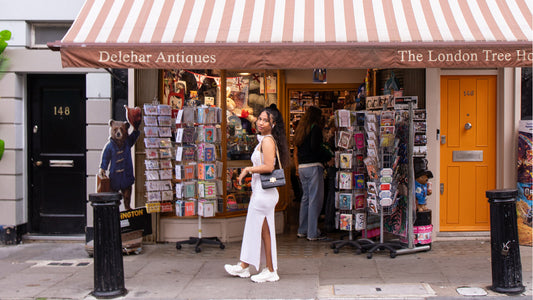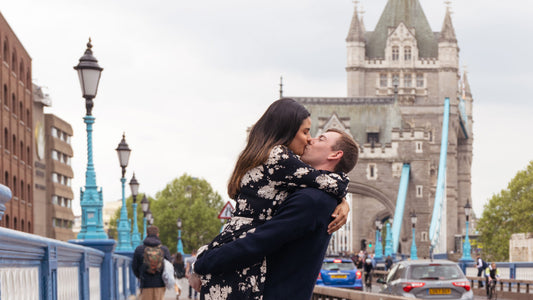Trafalgar Square, in London, is the most central and largest. It is the point from which all distances are calculated, km zero of the city and is the scene of many important moments in history, from its creation, in 1812, to the present day.
The square is famous for its column, which keeps Admiral Nelson eternally watching over the city, the two fountains that are always in operation and the National Gallery, London's museum, which frames the square to the north.
On the West side, you have access to the Mall and to the East, a very important church for London: St. Martin's in the Field.
But perhaps in your visits to the city or in the times that you have heard about this square, you have never noticed its statues, and we are not referring to the famous lions that guard Nelson's column, but to the 4 pedestals that surround Square.
On the pedestals you will find Sir Charles James Napier, iconic war veteran the year the square was built and future governor of India (a British colony par excellence at that time), General Sir Henry Havelock, another important military man of the time Victoriana, who managed to recapture India after an attempt at its independence, and of course, King George IV, who made it possible for the place, previously belonging to a royal palace, to become a public square.
When you look at the fourth pillar, the one further west, just in front of the National Gallery, you will be surprised. What's more, it may not have been there the last time you visited the city.
It is called the 4th Pillar (4th Plynth), and was intended for a statue of William IV. However, when they ran out of funds they left it empty, and it has become an icon, since they are modifying the statues that are placed on this pillar. Currently, London City Council uses this pillar to give opportunities to new emerging artists, and thus
commemorate, honor, praise or even criticize those stories that have nothing to do with the rest of the statues (not only in the square, but with the rest of the city), and the stories that they have told until now.
We love the one we have now, and since we know you will like it too, we tell you its history and meaning here.
You will find two men, one taller than the other, with their backs to each other and dressed much more modern than the rest of the pillars. This work is the result of the work of artist Samson Kambalu and is titled “Antelope”.
The work is based on a photograph taken in 1914. In the photograph you can see the two men in the sculpture, but in a different way. They are next to each other, in front of a building and they are both wearing hats. Something that seems so simple, has a lot of background.
They are John Chilembwe and John Chorley. The first is a pan-African Baptist preacher, the second a European missionary. The first is black, the second is white. The first celebrates the opening of his new church. The second is the only one who is allowed to wear a hat.
And Chilembwe, posing with a happy look and a hat, is challenging a strict colonial norm, which prohibits black Africans from wearing a hat in front of a white person, treating this as an offense, a lack of respect and, consequently, , something totally unacceptable.
This gesture, symbolic and defiant as well as innocuous, cost John Chilembwe his life. A year after the photograph was taken, his new church was razed and burned and he lost his life in the hands of none other than the colonial police.
The artist of this work intends to give voice to this raw and unfair history and that is why in his sculpture, Chilembwe and Chorley are represented in a different way than that photograph: The first is much larger than the second. Kambalu symbolizes Chilembwe's own greatness, the symbolism of his defiance and the gesture of rebellion that this story represents if you know it.
Chilembwe's silent scream, so forceful, capitulates Trafalgar Square, and contrasts with the stories of the rest of the statues. In the 21st century, facing colonial ambassadors and British kings, a preacher and his symbolic revolution protect the square and invite you to join his greatness.
Pay attention the next time you see this statue, you may very clearly hear Chilembwe's silent scream, or perhaps you will hear your own, when you discover that this statue is there because one day, somewhere, someone lost their life for wearing a hat.
Reserve your place on our Essential London tour, in which we pass through this square and discover many more details about it and London: Essential London Tour .
See you soon,
👩🏻🦰




